What is Automated Mutual Assistance Vessel Rescue System (AMVER)?
The Automated Mutual Assistance Vessel Rescue System (AMVER) is a unique technological system developed by the USCG in the year 1958.
Originated by the USCG, it is a maritime mutual assistance organisation that provides important aid to the development and coordination of Search and Rescue (SAR) efforts in many areas of the world.
Merchant vessels all over the world making offshore voyages are encouraged to send movement reports and periodic position reports to the AMVER centre.
All the information that is fed helps in keeping track of vessels across the world and thereby helps dispatch the best possible resources to a vessel in distress in a designated area. This streamlining of resources helps swift action from the SAR entities.
The fundamental principle of the system is to incorporate participation from vessels worldwide and to equip this technology aboard them. This results in the creation of a unique central locus of all the vessels and their position in the waters, resulting in better crises management.
The predicted location and SAR characteristics of each vessel known to be within the area of interest are made available upon request to recognised SAR agencies of any nation, or person in distress, for use in an emergency.
Similar systems are now in place in countries such as Japan, India, Australia, New Zealand, Denmark etc and all ships are urged to cooperate. This service comes at no cost to the ship.

Brief History Recap
The catalyst to come up with a fast-paced system to aid rescue operations was the 1912 incident of the great ship Titanic. Thousands of people lost their lives in the unprecedented accident which propelled the USCG especially to come up with a viable solution.
Initially titled as the Atlantic Merchant Vessel Emergency Rescue, the intended coverage of the system was at first restricted to the North Atlantic waters. According to the stipulations laid down by the USCG then, all ships with an itinerary of more than a day had to register them on the AMVER system. This stipulation was laid down for ships registered with an American port of registry and even for foreign-registered ships.
The Automated Merchant Vessel Emergency Rescue was aided by the state-of-the-art computerised technologies of that time and soon widened to include participation from the United Kingdom in the year 1962. Eight years after it was originally launched, the system’s title was changed to the Automated Mutual Assistance Vessel Rescue system.
Present Position Globally
In the early 1980s, AMVER was acknowledged and brought into the American maritime charter as a part of compulsory requirements after the USCG entered into a strategic accord with the nation’s maritime association. Immediately following this mandate, the International Maritime Organisation also brought into force, compulsory requirement for vessels to incorporate AMVER.
AMVER Requirements
Ships under the AMVER protocol need to provide information about their position upon their departure and arrival from a particular port. The information about a ship’s position needs to be constantly updated every two days. Failure to do so would negate the very purpose of the system. The ships also need to provide information, in case the ship has to digress from its original route.
IMO Standards for AMVER Report
AMVER/DR//
A/Vessel Name/International Radio Call Sign//
B/Time (as of position in C or G)//
C/Latitude/Longitude (as of time in B)//
E/Current Course (as of time in B)//
F/Estimated Average Speed (for remainder of voyage)//
G/Port of Departure/Latitude/Longitude//
I/Destination/Latitude/Longitude/Estimated Time of Arrival//
K/Port of Arrival/Latitude/Longitude/Time of Arrival//
L/Navigation Method/Leg Speed/Latitude/Longitude/Port/ETA/ETD//
M/Coastal Radio Station or Satellite Number/Next Radio Station//
V/Medical Personnel//
X/Remarks//
Y/Relay Instructions//
Z/End of Report (EOR)//
AMVER Reporting
Sailing Plan (SP)
To be sent within a few hours before or upon or within a few hours of departure. SP must contain enough information to predict the vessel’s actual position within 25 nautical miles at any time during the voyage
Position Report (PR)
This should be sent within 24 hours of departing port and at least once every 48 hours thereafter.
Deviation Report (DR)
This report should be sent as soon as any voyage information changes . Changes in course or speed due to weather, ice, change in destination, diverting to evacuate a sick or injured crewmember, diverting to assist another vessel, or any other deviation from the original Sailing Plan should be reported as soon as possible.
Final Arrival Report (FR)
This should be sent upon arrival at the port of destination.
AMVER USP
Through AMVER a common platform has sought to be placed to cater to the global maritime community. The system operates completely on the rationale of humanity and as such doesn’t consider politics or any other conflicting situation. Irrespective of the vessel’s nationality, all nearby vessels with the Automated Mutual Assistance Vessel Rescue system are obligated to help the needy.
AMVER Weather Report
The NOAA and the USCG have joined hands for the AMVER weather reporting system via a software which has been created to assist Volunteer Observing Ships (VOS) in submitting marine weather reports and participating in the Automated Mutual-assistance Vessel Rescue system (AMVER). This helps in forecasting the weather as well as to judge the best SAR action to be taken in an area with the weather conditions in mind.
AMVER Awards
This was started in 1971 to felicitate vessels who comply and participate regularly with the AMVER system. Usually displayed prominently on the bridge as well the company offices, the awards given could describe under the following:
- Letter of Appreciation
- Certificate of Merit
- Blue flag (pennant) for a vessel completing its first year of participation
- Gold flag (pennant) for a vessel completing five consecutive years of eligibility for an Amver award.
- Purple flag (pennant) for a vessel completing ten consecutive years of eligibility for an Amver award.
- Special awards for involvement in the system for over 15 years
Why AMVER and Enrollment
Amver’s success is tied directly to the number of merchant vessels regularly reporting their position. The more ships on plot, the greater the chance a ship will be identified near the position of distress. A vessel can enrol herself within the system by visiting the official AMVER website https://www.amver.com/. The website also contains all information specific to the system.
Disclaimer: The authors’ views expressed in this article do not necessarily reflect the views of Marine Insight. Data and charts, if used, in the article have been sourced from available information and have not been authenticated by any statutory authority. The author and Marine Insight do not claim it to be accurate nor accept any responsibility for the same. The views constitute only the opinions and do not constitute any guidelines or recommendation on any course of action to be followed by the reader.
You may also like to read:
Do you have info to share with us ? Suggest a correction

About Author
Shilavadra Bhattacharjee is a shipbroker with a background in commercial operations after having sailed onboard as a Third Officer. His interests primarily lie in the energy sector, books and travelling.
Latest Marine Navigation Articles You Would Like:
Subscribe To Our Newsletters
By subscribing, you agree to our Privacy Policy and may receive occasional deal communications; you can unsubscribe anytime.



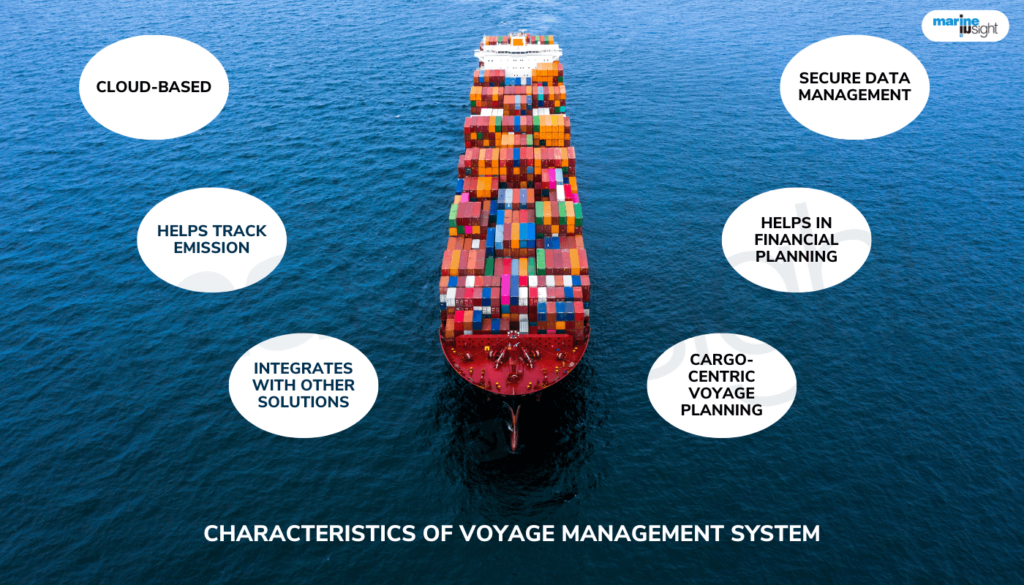

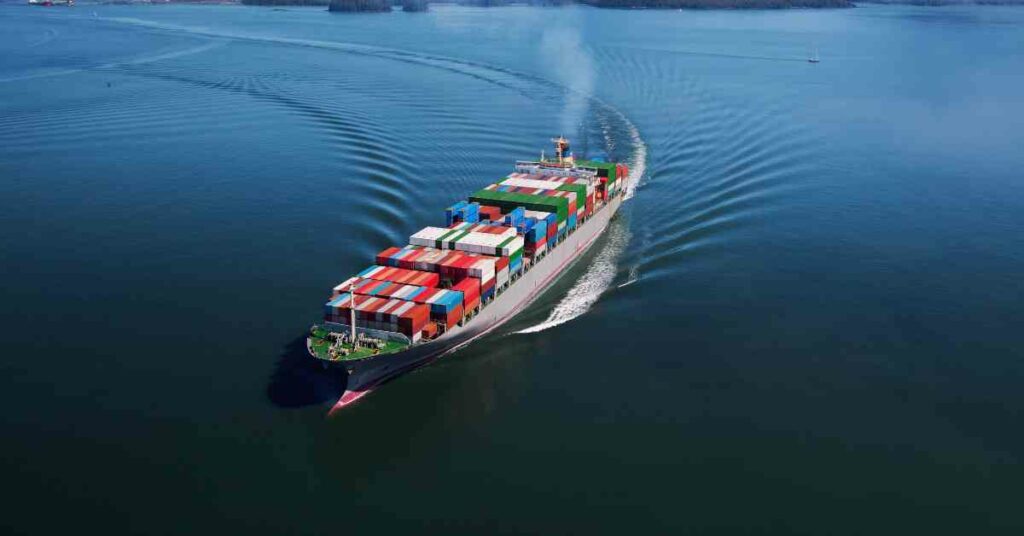

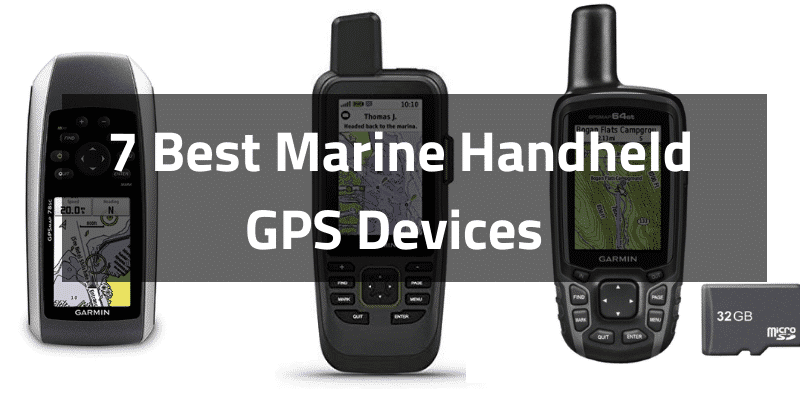
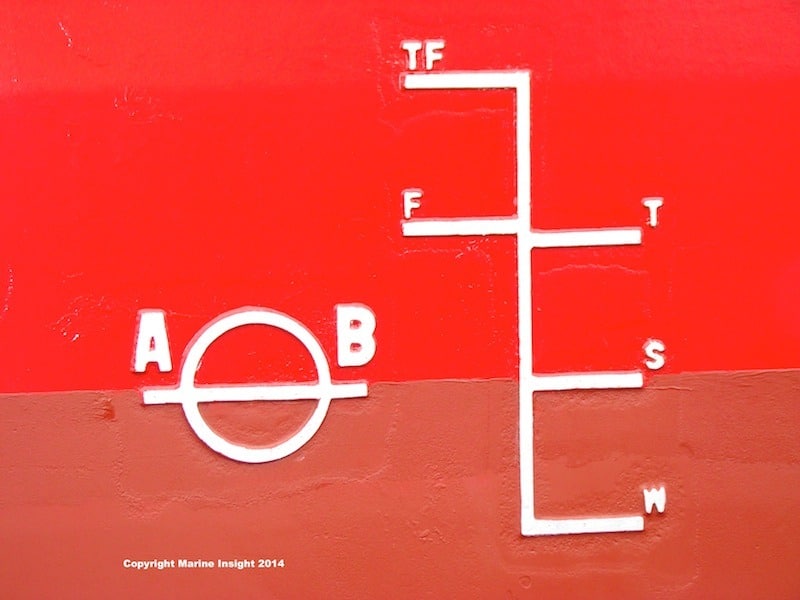



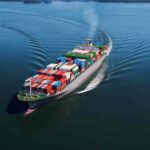



I believe I noticed some small mistakes in the article? It says “The Automated Merchant Vessel Emergency Rescue was aided by the state-of-the-art computerised technologies of that time and soon widened to include participation from the United Kingdom in the year 1962.”. However according to the USCG (amver.com), the UK joined in 1978. Also the final name change happened in 1971, which would make it 13 years after the system was launched and not 8, as it says in the article.
UK joined in 1978, but started participation along with Ireland since 1962.